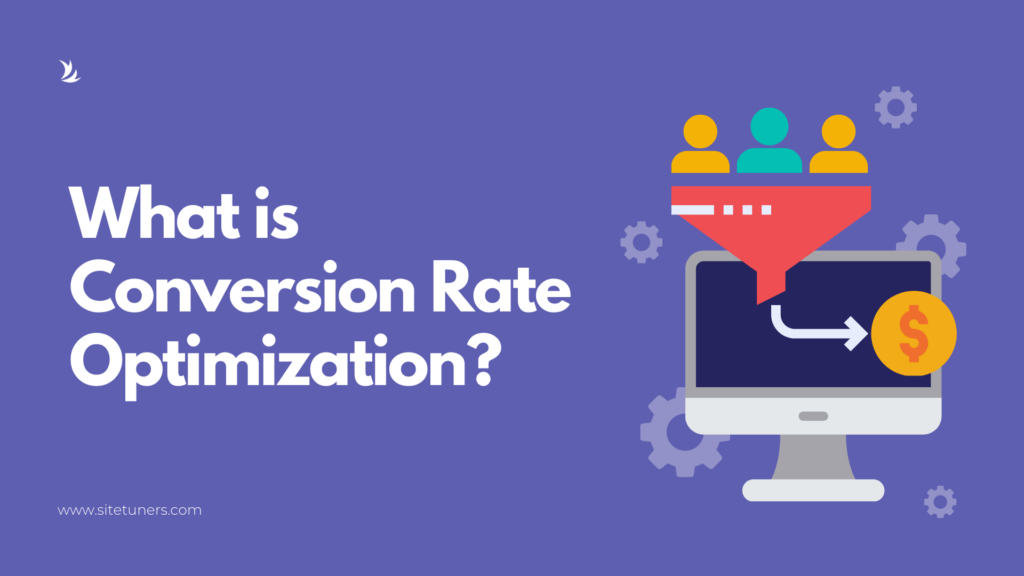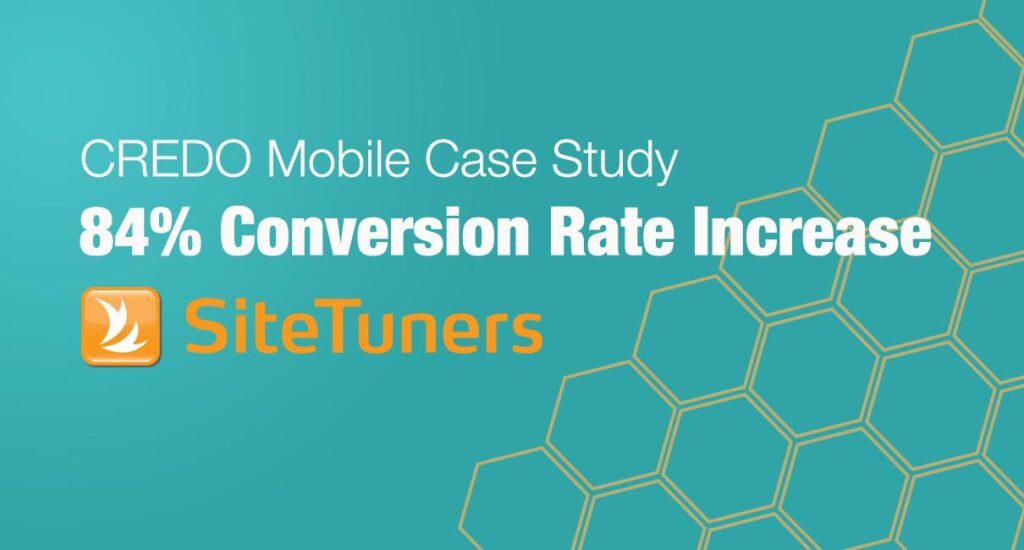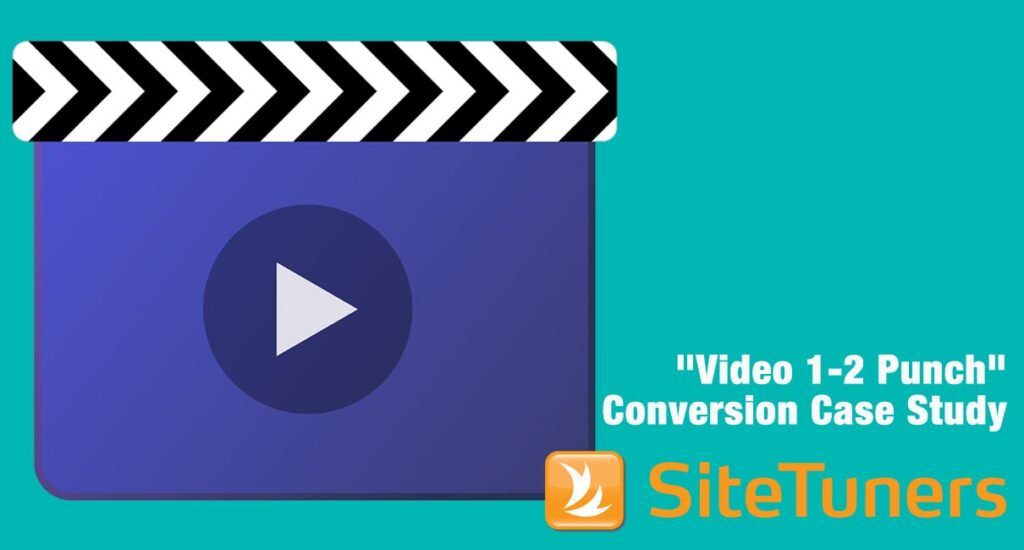Summary: People visit your website with a specific goal in mind. To facilitate their journey, it’s essential to create a conversion-focused web design that prioritizes functionality over aesthetics. While visual design is important, the primary purpose of your website is to facilitate web conversions. In this blog, we’ll explore six essential steps to develop a web design that converts, guiding you through the process of structuring your site to be functional and efficient, ensuring it serves its intended purpose effectively. By focusing on conversion-centered design, we’ll help you create a website that not only looks great but also effectively converts visitors into customers. We’ll delve into the importance of understanding your business goals, developing user scenarios, creating wireframes, and more, to ensure that your website is optimized for both user engagement and conversion.
1. Understand the Business Goals and History
Your first order of business is to:
– Understand your company goals and your place in the ecosystem, and
– Diagnose the current state of the website from the user’s perspective.
During a comprehensive kick-off meeting, go through an extensive list of questions. Your questionnaire should be designed to ensure that you understand the business background to the level that you need for a successful project.
Ask questions about the following:
– Marketing and how it drives web conversions. It’s crucial to evaluate how your current strategies align with the goal of creating a website that converts visitors into customers.
– The external environment and its impact on conversion-centered design. Understanding the market landscape helps tailor your site to meet user expectations effectively.
– The technology platform you’re on and its capabilities for web design that converts. The right platform can significantly enhance your ability to implement conversion-focused web design practices.
– The internal organization and how it supports conversion optimization. A cohesive team is vital for executing web conversion strategies effectively.
– Your goal in terms of website conversions and how specific objectives guide the conversion web design process. Clear goals help focus the design on optimizing design for better user engagement and conversions.
– Key performance indicators (KPIs) that measure the effectiveness of conversion-centered design. Tracking the right metrics is essential for understanding and improving your website that converts.
Conversion Rate Optimization (CRO): How to Get Started
In addition, you need to have a good grasp of the brand guidelines. You also need data from your company’s web analytics platform(s) to measure the success of your conversion design strategies and optimization in design efforts, laying the groundwork for a site that not only meets aesthetic standards but also excels in converting visitors into engaged customers or leads.
Implementing web design best practices is crucial for creating a conversion-focused website. To ensure success, it is important to follow a systematic process that prioritizes user experience and aligns with the business goals. Here are six steps that can guide you in designing a website that maximizes conversion rates:
- Begin by gaining a deep understanding of your company’s goals and its position in the market. Additionally, analyze the current state of your website from the perspective of your users. This step helps you diagnose existing issues and identify areas for improvement.
- To truly understand your users, create scenarios that represent common tasks performed by different types of website visitors. By mapping out the customer journey and scoring the user experience, you can identify pain points and areas of opportunity.
- Wireframes and information architecture play a crucial role in laying out the structure and flow of your website. By presenting proposed layouts and page structures, you can focus on functionality before diving into visual design.
- Based on the wireframes, develop rough visual designs that prioritize the important elements on each page. These preliminary designs serve as guidance for visual priorities and overall page composition.
- Deliver the finalized visual concepts to your web developers in a format that they can easily implement. Make sure to indicate which elements require stronger visual emphasis, ensuring that the intended design is accurately translated into the final product.
- Maintain regular communication with your development team to ensure proper interpretation of the design and address any questions or concerns that arise. Strive to minimize significant deviations from the original plans to stay aligned with the conversion-focused objectives.
While these steps focus on the process of designing a conversion-focused website, it is important to note that web design best practices alone may not be sufficient. A/B testing is a valuable tool for gathering real-time data and making data-driven decisions. By implementing A/B testing, you can continuously optimize your website based on the preferences and behaviors of your audience. This iterative approach complements web design best practices, allowing you to deliver experiences that align with user expectations and drive conversion rates.
1.1 What is a Conversion Designer?
A conversion designer is a professional who possesses expertise in various domains including UX design, UX research, UI design, information architecture, persuasive design techniques, and data analysis. They specialize in optimizing website designs for conversion with the ultimate goal of helping businesses achieve their objectives. Through their skillful use of visual design strategies, strategic placement of elements, persuasive copywriting, and compelling calls-to-action (CTAs), conversion designers prompt visitors to take specific actions on landing pages. These actions could include making purchases, filling out forms, or subscribing to newsletters. Their comprehensive understanding of conversion optimization allows them to create effective website designs that ultimately contribute towards meeting a business’s bottom line targets.
In their work, conversion designers leverage best conversion practices and insights into web conversions to ensure that every aspect of the website is designed for conversion. By focusing on creating websites that convert and improving website conversions, they play a crucial role in the optimization of the design process, making sure that the digital presence of a business is not just visually appealing but also a high-performing converting website. The expertise of a conversion designer extends beyond traditional design; it encompasses a deep understanding of user behavior and the best converting website techniques, ensuring that the design converting elements are placed where they can have the most impact.
Their role is pivotal in crafting web designs that convert, employing conversion-centered design principles to enhance the user’s journey from visitor to customer. This holistic approach to design emphasizes not just the aesthetics but also the functionality and optimization of the website, aiming for higher web conversion rates and improving website conversion performance. In essence, a conversion designer embodies the principles of designing for conversion, making every decision to turn users into loyal customers or subscribers.
2. Develop User Scenarios and Grade the Customer Experience
The only perspective that matters is that of your visitors. So, your next task is to identify the problem by creating scenarios that represent common tasks performed by important classes of website visitors. You can use a customer journey map to create narrative user experiences and score using grades.
Instead of designing from the company outward to the audience, consider your audiences’ baggage and misconceptions, lack of attention, and apathy about what you do. Consider the following questions:
– What are visitors looking for from their site experience?
– Were they able to accomplish their goals?
– How easy or frustrating was it?In this process, it’s crucial to focus on optimization in design to ensure that the website not only looks appealing but also facilitates web conversions effectively. By understanding the website that converts, you can enhance the user experience to make it as intuitive and engaging as possible, thereby improving website conversion rates.
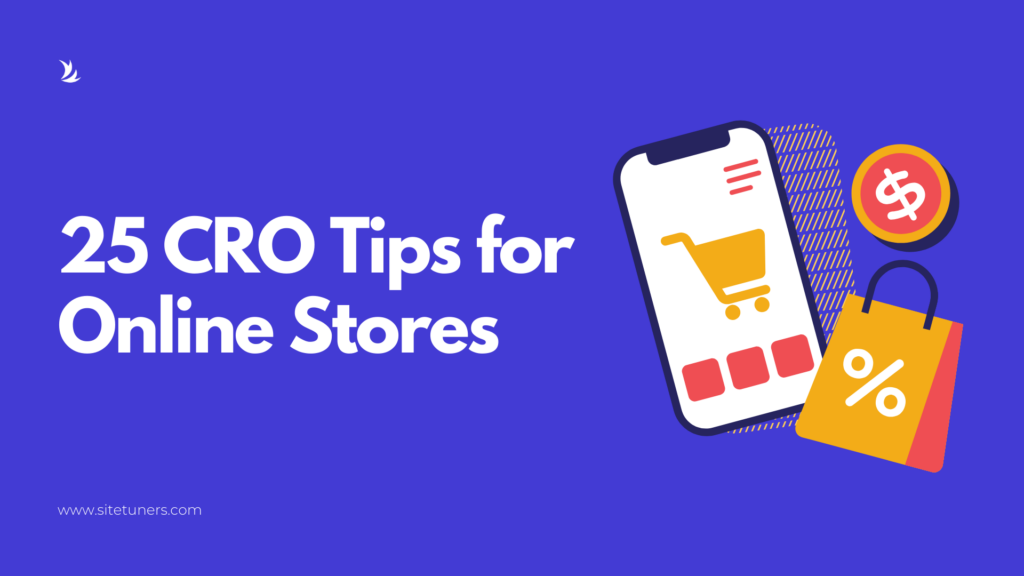
25 Conversion Rate Optimization Tips for E-commerce Websites in 2022
2.1 Examples of Website Conversions
Website conversions refer to the specific actions taken by visitors on a website or landing page that align with the site’s goals. Here are several examples of website conversions:
- Lead Generation: This occurs when visitors willingly share their contact details by filling out a form. It can be for various purposes, such as requesting a quote, subscribing to a newsletter, or signing up for a free trial of a product or service. This is a key aspect of designing for conversion, as it transforms visitors into leads.
- Purchases: This conversion occurs when visitors make a transaction on an online store, buying products or services directly from the site. Best converting websites are those that simplify the purchasing process, making it easy and straightforward for the user.
- eBook Downloads: When visitors access and download resources like eBooks, whitepapers, or guides to gain a deeper understanding of a company’s offerings or industry-related topics. This is an example of how converting websites provides valuable content that encourages user engagement.
- Event Registration: This conversion occurs when visitors sign up for webinars, conferences, workshops, or any other online or offline events hosted by the company. Websites that convert often use compelling CTAs to drive event registrations.
- Subscriptions: When visitors opt to receive regular content updates, newsletters, or exclusive content from a company by subscribing, it is considered a conversion.
3. Create Wireframes and Information Architecture
Present the proposed new information architecture or page flow, along with wireframes for important pages.
It’s best to start with the homepage wireframe because that establishes your high-level navigation. Consider the following:
– Layout of the page
– Functional elements
– Important labels
– Text
– Navigation
– Page titles
Lay these elements out functionally, so you can take the visual design part out of the process. This is crucial for creating a website that converts and aligns with conversion-centered design principles.
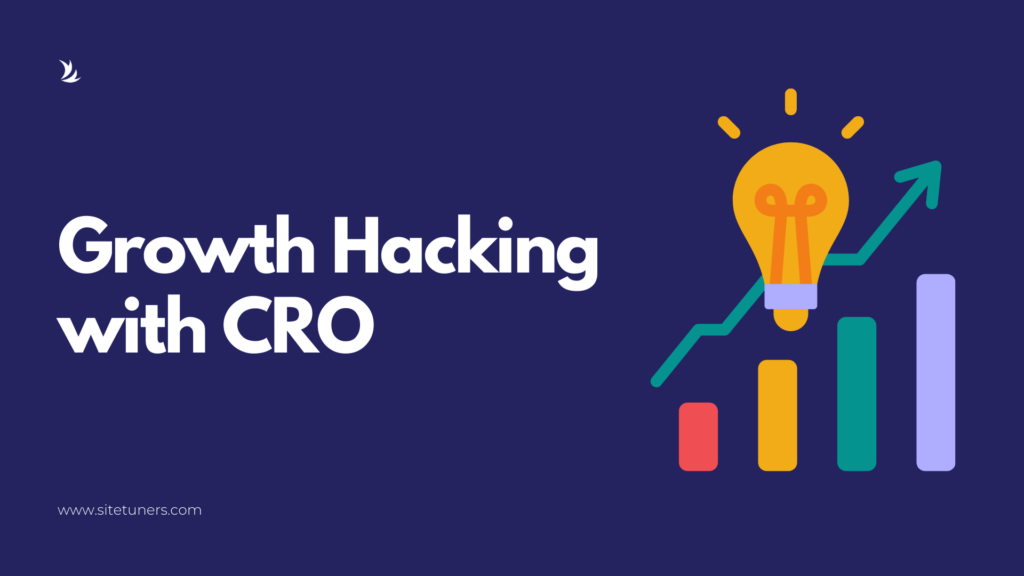
Growth Hacking and Conversion Rate Optimization: Harness the Power of CRO to Grow Your Business
This step is essential because if you can’t agree on the purpose of your page, then discussing how you’re going to decorate the page isn’t going to advance the project. So, you first need to decide if something is an appropriate use of real estate and if you have the right kind of controls on the page. Optimization in design starts here, with a clear and functional layout that considers the web conversion journey of the user.
By focusing on a design that converts, you ensure that the foundational elements of your website are laid out in a way that naturally guides the user toward taking the desired actions, be it filling out a form, making a purchase, or signing up for a newsletter. The information architecture and wireframes are the blueprints for a converting website, allowing designers and developers to understand the best conversion practices before moving on to the visual aspects.
Creating wireframes and a solid information architecture is a vital step in designing for conversion. It sets the stage for developing a conversion-focused website, ensuring that every element on the page serves a purpose and contributes to the overall goal of maximizing website conversions.
4. Create Rough Visual Designs
Based on the developed wireframes, create rough visual designs.
The main purpose of these designs is to signal the appropriate visual emphasis and relative importance of page elements to support the conversion goals. This is a key step in crafting a website that converts, where the focus is on guiding the user’s attention strategically.
Your rough visual designs are not the final art—it’s about mapping out visual priorities. Determine the most crucial page elements and which ones can remain understated. The goal is for visitors to be drawn to the main content—the body of the page—while having the option to navigate peripherally (via the left or top navigation) if needed. The core of designing for conversion lies in making sure the page’s main body is the star, ensuring web conversions.
5. Hand Over Mockup Designs
Deliver the concept mockups in a file format that web developers can readily use.
From the wireframe stage, ensure you clearly indicate which elements have stronger visual emphasis to guide the visitor’s journey toward website conversions. This act of highlighting certain aspects over others is at the core of conversion design, where the hierarchy of information is critical.
Discuss and establish relative visual prioritization, using this as the foundation for further development. It’s permissible to include branding elements or specific RGB values for color consistency, but these should never detract from the mockup’s main objective: to serve as a blueprint for a converting website that aligns with optimization in design.
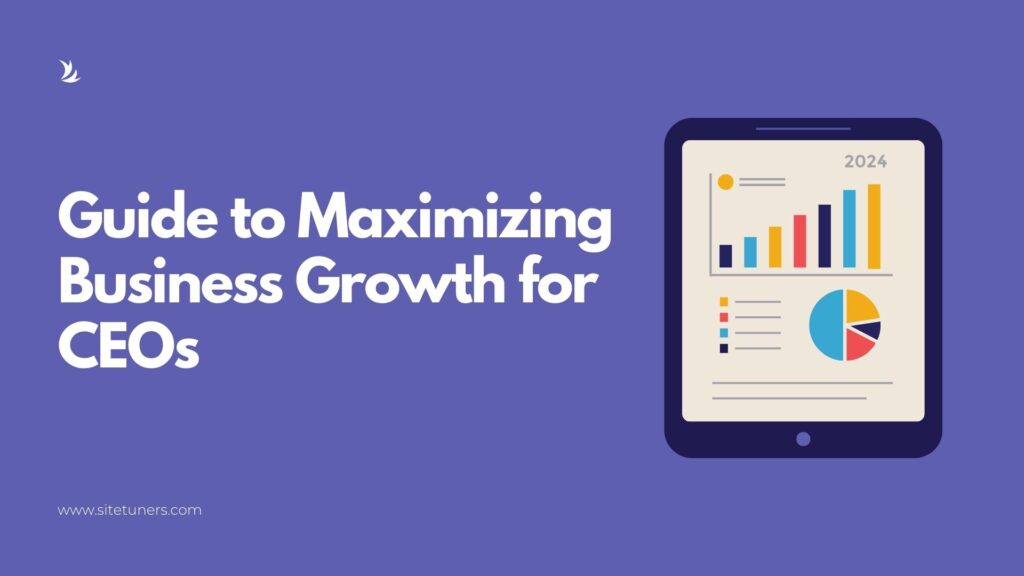
Conversion Rate Optimization Strategies: A CEO’s Guide to Maximizing Business Growth in 2024
6. Keep a Short Leash During Development
Maintain regular communication throughout the development process to ensure the design is correctly implemented and any implementation queries are promptly addressed. It’s essential to minimize deviations from the original design plans. Uphold a purist approach to preserve the integrity of the design converting intentions and prevent the web development team from inadvertently altering the project’s direction.
Ensure that both designers and developers are in sync with the fact that any decorative elements that do not directly contribute to the intended CTA (Call to Action) are extraneous. The focus should remain steadfast on optimization in design to enhance web conversions, ensuring every aspect of the page serves the conversion web design purpose.
6.1 The Importance of Using an End-to-End Conversion Optimization Platform
Utilizing an end-to-end conversion optimization platform alongside a landing page builder is crucial for enhancing conversion rates. These platforms offer advanced features specifically designed for conversion optimization, providing a range of capabilities that complement the primary function of building landing pages.
Such platforms go beyond basic testing and offer essential tools like behavioral analytics and personalization. By employing a comprehensive conversion optimization platform, businesses can gain a deeper understanding of user behavior and tailor their website or landing page accordingly.
Integrated experimentation platforms enable businesses to conduct various tests, including A/B testing, multivariate testing, and server-side testing. These rigorous testing capabilities allow for data-driven decisions and effective optimization of conversion rates. Continuous testing and optimization of landing pages can significantly enhance the overall user experience, resulting in increased conversions.
Behavioral analytics features provide valuable insights into user interactions and behaviors on the website, helping identify pain points, areas of improvement, and specific user preferences. Personalization, a crucial aspect of engaging users, increases the likelihood of conversions by creating tailored experiences for visitors.
By leveraging an end-to-end conversion optimization platform alongside a landing page builder, businesses can adopt a holistic approach to improving their conversion rates. The combination of advanced testing, behavioral analytics, personalization, and other top capabilities ensures an optimized user experience and maximizes the conversion potential of landing pages.
Conclusion -Create Conversion-Focused Web Design: Put Visual Design Last
When crafting or revamping your website, adopt a structured process that champions conversion optimization. Invest greater effort in the elements that aren’t immediately visible but are crucial to shaping the psychology of the visitor’s experience. Keep in mind, the essence of a converting website is the synergy between conversion and the visitor journey. Avoid an early fixation on the visual layer. Ensure that designers prioritize the user experience from the outset, aligning with a conversion-centered design philosophy that puts function before form.
Embrace conversion-focused web design to ensure the success of your business’s digital presence. In today’s fast-paced world, conversions can either make or break your online endeavors. By prioritizing designs that drive conversions, you are taking a crucial step towards survival and growth. It’s not just about showcasing your company’s offerings; it’s about understanding your audience’s needs, addressing their concerns, and overcoming their indifference.
When embarking on the design journey, consider the baggage and misconceptions your audience may have, acknowledge their limited attention spans, and combat their apathy towards your offerings. Remember, your designs are not just polished art; they serve as a roadmap to guide users towards completing their tasks effortlessly.
Ensure clear communication during the development process to guarantee that the design is accurately interpreted and to address any questions that may arise. This collaborative approach will help you fine-tune the design, aligning it with your conversion goals. As you work towards a website that not only meets aesthetic standards but also excels in converting visitors into engaged customers, considering professional assistance can be invaluable. SiteTuners’ website design services specialize in optimizing page designs for better conversions, leveraging deep expertise to meet your business needs and enhance your digital presence. Don’t just focus on what is visible on the surface; invest time in constructing the psychology of the visitor experience.
Whether you are creating a new website or undergoing a major redesign, establish a formal process dedicated to improving conversion. This involves meticulous attention to detail and understanding the motivations and behaviors of your visitors. By placing conversions and visitors at the core of your design strategy, you pave the way for a powerful and impactful online presence.
Remember, in the ever-evolving digital landscape, designing for conversions is not a luxury but a necessity. It is the key to unlocking the potential of your business and transforming your website into a conversion powerhouse. Embrace the art of conversion-focused web design and witness the substantial impact it can have on your online success.
